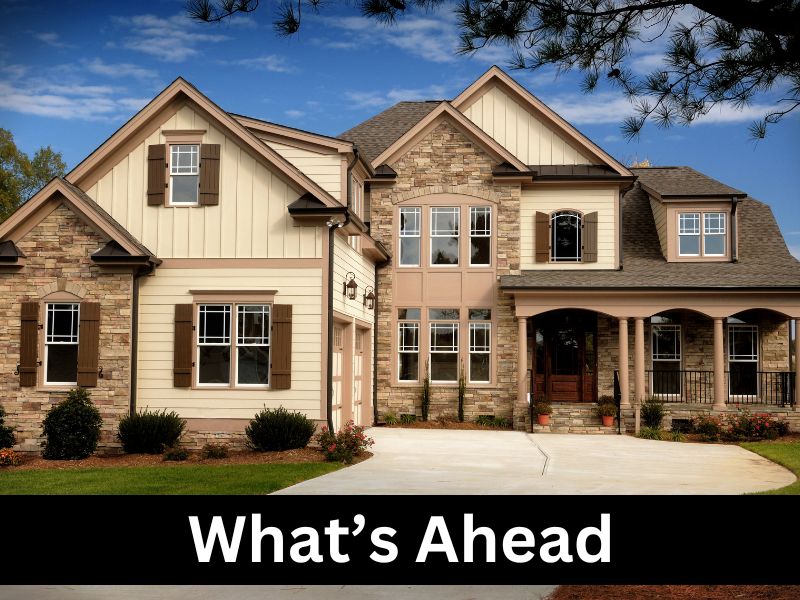 Home renovations can be an effective way to protect your home and family from natural hazards. Start by identifying the potential hazards in your area. This can include natural disasters such as earthquakes, hurricanes, floods, wildfires, and tornadoes, as well as man-made hazards such as gas leaks and fires. Once you’ve identified the potential hazards in your area, create a plan for how you will respond to them and prepare your home to take on these natural disasters and keep your home and family safe.
Home renovations can be an effective way to protect your home and family from natural hazards. Start by identifying the potential hazards in your area. This can include natural disasters such as earthquakes, hurricanes, floods, wildfires, and tornadoes, as well as man-made hazards such as gas leaks and fires. Once you’ve identified the potential hazards in your area, create a plan for how you will respond to them and prepare your home to take on these natural disasters and keep your home and family safe.
Here are some ways home renovations can help protect you:
Reinforce Your Home’s Structure: One of the most important aspects of protecting your home from natural disasters is ensuring that its structure is strong and stable. You can reinforce your home’s structure by adding earthquake-resistant materials, hurricane straps, and reinforced roofing systems.
Install Storm Windows and Doors: Installing storm windows and doors can help protect your home from strong winds and flying debris during hurricanes, tornadoes, and other severe weather events.
Elevate Your Home: If you live in a flood-prone area, elevating your home can help protect it from flood damage. This can involve raising your home on stilts or piers or building a higher foundation.
Install a Backup Power Source: In areas where power outages are common during severe weather events, installing a backup power source such as a generator can help ensure that your home stays powered and comfortable.
Install a Sump Pump: If your home is at risk of flooding, installing a sump pump can help remove excess water and prevent water damage.
Install Fire-Resistant Materials: If you live in an area prone to wildfires, installing fire-resistant materials such as non-combustible roofing materials, siding, and decks can help protect your home from fire damage.
Overall, home renovations can be a worthwhile investment in protecting your home and family from natural hazards. It’s important to work with a licensed contractor and follow local building codes and regulations to ensure that your renovations are safe and effective.
 There will be a very light week with the Holiday season approaching. The only notable reports to have come out for the week are the U.S. economic leading indicators, with nothing scheduled around Thanksgiving weekend. The median forecast for the leading indicators has shown that with the rest of the CPI and PPI data among other economic statistics, the economy does seem to be heading towards a soft landing as the Federal Reserve had initially targeted. The most notable changes are lending partners cutting rates with the potential for shifting economic policies and rate cuts in the future.
There will be a very light week with the Holiday season approaching. The only notable reports to have come out for the week are the U.S. economic leading indicators, with nothing scheduled around Thanksgiving weekend. The median forecast for the leading indicators has shown that with the rest of the CPI and PPI data among other economic statistics, the economy does seem to be heading towards a soft landing as the Federal Reserve had initially targeted. The most notable changes are lending partners cutting rates with the potential for shifting economic policies and rate cuts in the future. Purchasing a home is one of the most significant financial investments one can make in one’s lifetime. However, beneath the glossy exterior of a prospective dream home lies a world of hidden issues that can have a profound impact on your investment.
Purchasing a home is one of the most significant financial investments one can make in one’s lifetime. However, beneath the glossy exterior of a prospective dream home lies a world of hidden issues that can have a profound impact on your investment.